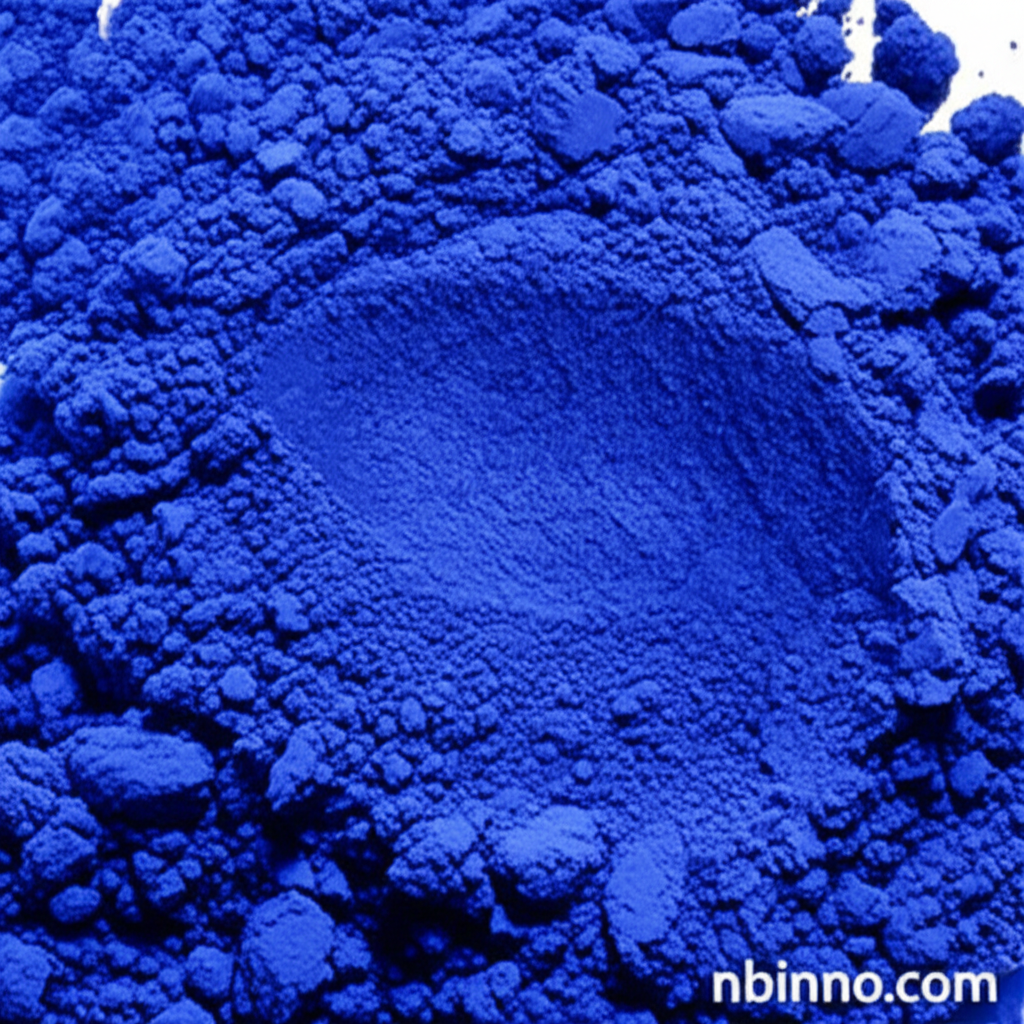Aluminum Phthalocyanine Chloride: Properties, Applications, and Safety for Advanced Materials
Discover the potential of this versatile organometallic compound in cutting-edge applications.
Get a Quote & SampleProduct Core Value

Aluminum Phthalocyanine Chloride
Aluminum Phthalocyanine Chloride is a high-performance organometallic compound, recognized for its intense blue-green hue and its critical role as a photosensitizer. Its unique photochemical properties enable the generation of reactive oxygen species when exposed to light, a key mechanism for its use in photodynamic therapy (PDT) and other advanced applications.
- As a powerful photosensitizer, it plays a crucial role in photodynamic therapy for cancer treatment, activating oxygen species to combat diseased cells.
- Its intense blue-green color makes it valuable in various dyeing applications, providing vibrant and stable coloration.
- The compound's properties are being explored for organic photovoltaics, contributing to the development of next-generation solar energy technologies.
- Its utility extends to electronic materials, showcasing its versatility across different technological fields.
Advantages Provided by the Product
Photodynamic Efficacy
Leveraging its ability to generate reactive oxygen species, this compound offers potent efficacy in photodynamic therapy, making it a key component for advanced medical treatments and research.
Coloration Versatility
The vibrant blue-green shade of Aluminum Phthalocyanine Chloride ensures excellent performance in dyeing, offering superior light and chemical fastness for various textile and industrial uses.
Material Science Innovation
Its application in organic photovoltaics highlights its potential in sustainable energy solutions, contributing to efficient light harvesting and energy conversion technologies.
Key Applications
Photodynamic Therapy (PDT)
Aluminum phthalocyanine chloride is a crucial photosensitizer used in PDT, a medical treatment that utilizes light to activate photosensitive drugs for targeting and destroying diseased cells, particularly in cancer therapy.
Dyeing Industry
As a highly stable and intensely colored compound, it is widely employed in the dyeing of textiles, plastics, and other materials, providing durable and vibrant coloration.
Organic Electronics
Its unique electronic and optical properties make it a candidate for use in organic electronic devices, including organic photovoltaics and photodetectors, contributing to advancements in this field.
Chemical Research
It serves as a vital reagent in chemical research, particularly in studies involving photosensitization, organometallic chemistry, and the development of novel functional materials.
